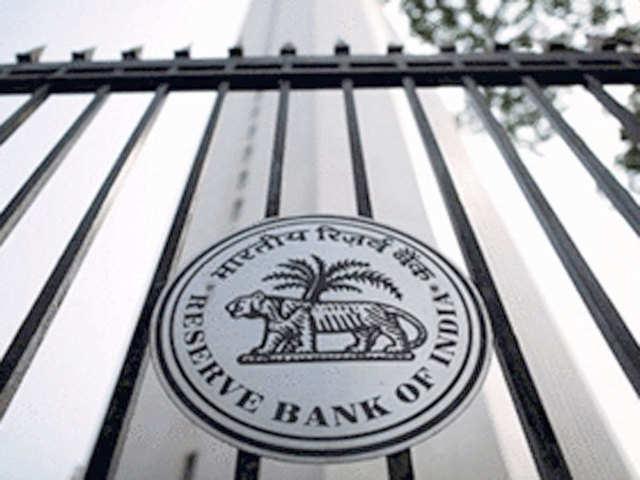Introduction
The Reserve Bank of India (“RBI”) in order to enable infrastructure debt funds- non banking financial companies (“IDF-NBFC(s)”) to play a greater role in the financing of the infrastructure sector and to harmonise the regulations governing financing of infrastructure sector by the NBFCs, undertook a review of the guidelines applicable to IDF-NBFC and notified the revised regulatory framework applicable to such IDF-NBFC vide circular no. RBI/2023-24/54 DoR.SIG.FIN.REC.31/03.10.001/2023-24 dated August 18, 2023 (“Circular”)1.
IDF-NBFCs are non-deposit taking non-banking financial companies (“NBFC”) permitted to refinance post commencement of operations date, infrastructure projects that have completed at least one year of satisfactory commercial operations. Additionally, they can also finance toll operate transfer projects as the direct lender.
The following are the key highlights of the Circular:
